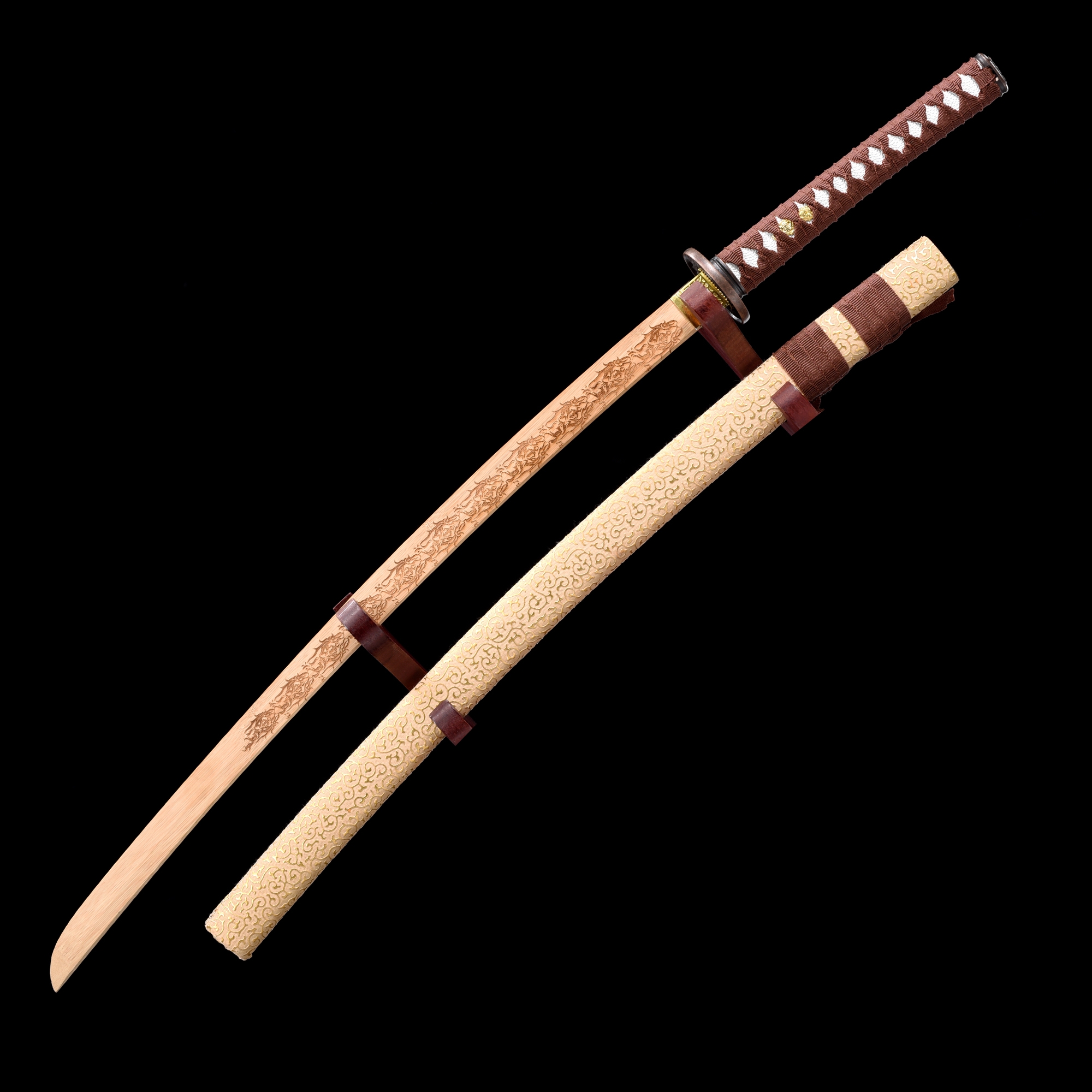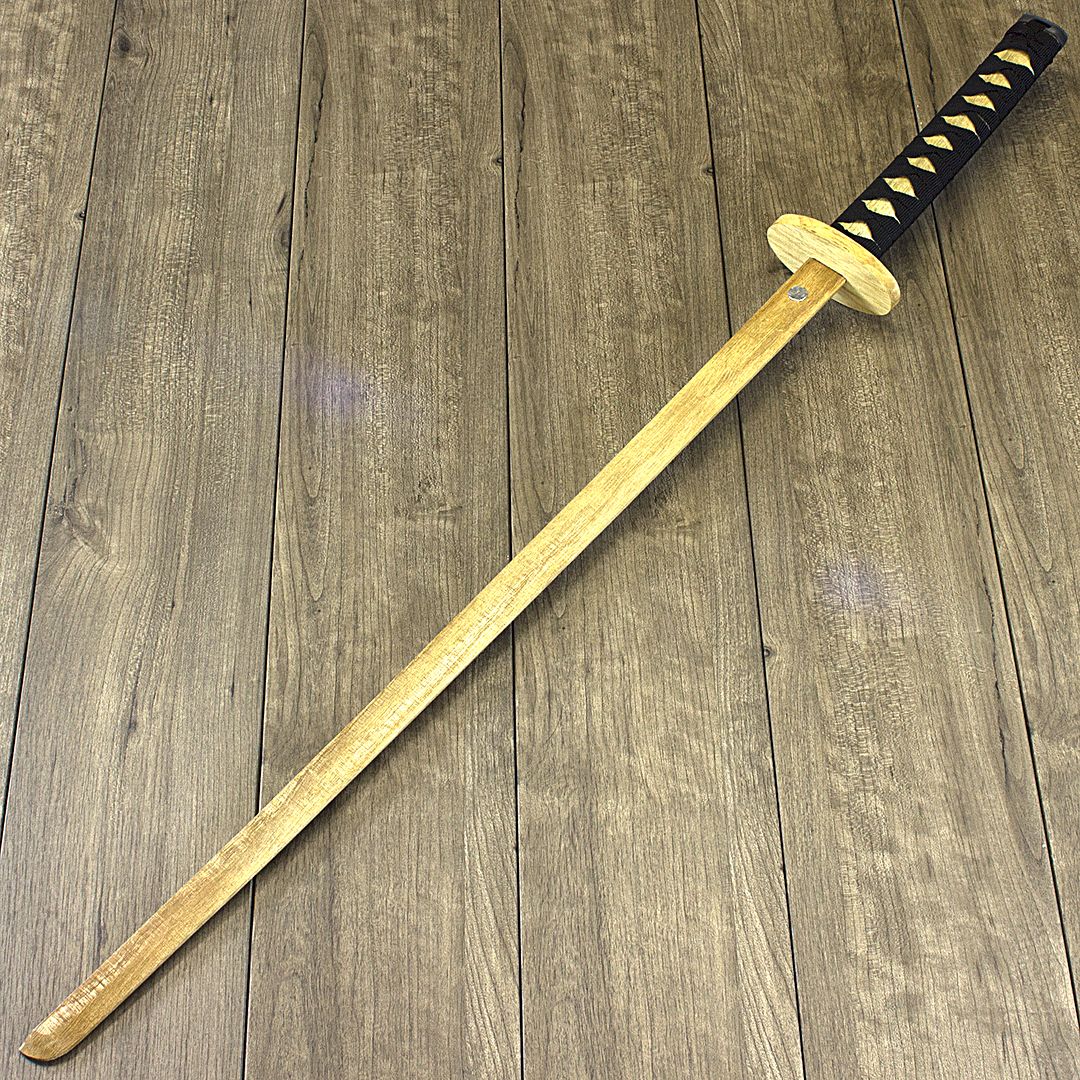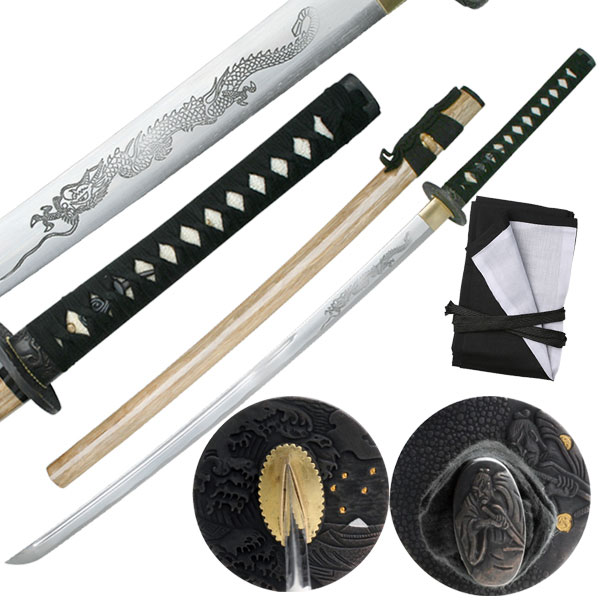



During the late Showa era in the 1970s and 80s, these suicides were romanticized as a bold and heroic act, and bokken marked with their emblem sold well. Īnother notable spot where bokken were manufactured and sold as tourist souvenirs was Aizuwakamatsu the resulting bokken were frequently inscribed with the markings of the Byakkotai, a youth battalion that committed mass suicide nearby during the Battle of Aizu. The last four remaining bokken workshops of Japan are still located in Miyakonojō. At the beginning of the 20th century bokken manufacture started more formally, mainly in Miyakonojō, a city on Kyushu Island. īefore the Meiji era, bokken were very likely manufactured by woodworkers not specialized in bokken manufacture. While many elements of the story are likely apocryphal, the potential danger of a bokken from the legend is real. At the duel, Sasaki was armed with his large nodachi, yet Musashi crushed Sasaki's skull with a single blow from his bokken, killing him. He carved a bokken from an oar with his knife while traveling on a boat to the duel. Musashi overslept the morning of the duel, however, and made his way to the duel late. According to the story, he agreed to a duel with Sasaki Kojiro at the early morning on Ganryūjima, a tiny sandbar between Kyushu and Honshu.

A famous legend to this effect exists involves Miyamoto Musashi, a ronin known to fight fully armed foes with only one or two bokken. While bokken are safer for sparring and practice than katana, they are still lethal weapons in the hands of trained users. Bokken are safer than fighting with real swords, and are considerably more durable a wielder can make contact with other trainee's swords with little fear of damage. If a steel katana is repeatedly used, it can easily become nicked and the edge flawed, potentially leading to a broken expensive sword. While various mock weapons were surely used during the earlier periods of Japanese history, usage of bokken in their modern form first emerged during the Muromachi Period (1336–1600) for the training of samurai warriors in the various ryū (schools of martial arts and swordsmanship) of the era. It is hard to determine precisely when the first bokken appeared due to secrecy in ancient martial arts training and loose record-keeping. In comparison, practice swords made of flexible, soft wood such as bamboo are referred to as shinai. Sometimes it is spelled "boken" in English.īokken are traditionally composed of red oak or white oak, although any hardwood can be used. Some ornamental bokken are decorated with mother-of-pearl work and elaborate carvings. It is usually the size and shape of a katana, but is sometimes shaped like other swords, such as the wakizashi and tantō. Japanese wooden sword used for training Various types of bokkenĪ bokken ( 木剣, bok(u), "wood", and ken, "sword") (or a bokutō 木刀) is a Japanese wooden sword used for training in kenjutsu.


 0 kommentar(er)
0 kommentar(er)
